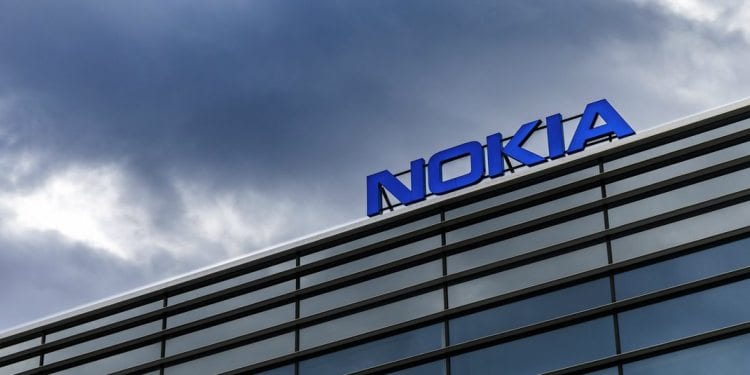American Tower reported revenue for the third quarter 2020 of $2.01 billion, a 3% increase year-over-year. It reported net income of $463 million, a decrease of 8.4% year-over-year.
During the third quarter, American Tower signed a new 15-year master lease agreement with T-Mobile US.
RELATED: T-Mobile, American Tower ink new 15-year pact
Analysts at New Street Research said that the T-Mobile/Sprint merger initially had less impact on towers than was expected. But the recently announced master lease agreement with American Tower should accelerate T-Mobile’s build. Even though churn will accelerate over a three- to four-year period because significant numbers of Sprint towers will be taken offline, New Street recommends owning tower company stocks because the market is entering a multi-year period of accelerating growth.
“We recommend owning the Towers on the view that they are poised to benefit from an unprecedented era of growth and visibility in the U.S.,” write the analysts. “There are three key drivers of higher growth over the next several years: the T-Mobile/Sprint merger integration, Dish deploying a new network, and the deployment of the C-Band.”
On today’s earnings call with investors, American Tower CEO Tom Bartlett was asked about the company’s relationship with Dish. He said, “We’re in significant conversations with them as we’re always talking to customers. They’ve stated they are looking to start to build out their network in the second half of next year. We want to make sure we’re able to service them to the extent we can.”
On C-Band, Bartlett said, “I’m not sure how material it would be at this point of time. The likes of Verizon and AT&T, they deploy capital in a very regimented, kind of measured way.
Bartlett also mentioned the renewed focus on closing the digital divide in the U.S. as another driver for the tower business in the next couple of years.
The CEO spent a fair amount of time on today’s earnings call talking about American Tower’s foray into the edge data center business.
The company officially launched its American Tower Edge Data Center initiative this year, and it already has deployed six edge data centers in Denver and Boulder, Colorado; Pittsburgh; Atlanta; Jacksonville, Florida; and Austin, Texas.
The company recently told Fierce that in its first phase of building edge data centers it is not touting any benefits related to its towers’ wireless tenants. Instead, it is simply using its real estate, electricity, security and dark fiber assets to help enterprises build distributed data centers.
RELATED: American Tower has deployed 6 edge data centers at tower sites
Today, Bartlett said that at the highest level, the company is trying to create new tower-like infrastructure business models and expand its revenue base beyond the traditional tower tenants.
“It’s all about extending the platform,” he said. “We’re looking at, of the 40,000 sites in the U.S., which could all be considered edge compute locations, how many of those sites would fit well to be able to support a number of enterprise accounts, to support hyperscalers, to support data centers, in ways we could be part of the process to provide lower latency type applications.”
He said the company is evaluating the real estate of potential edge sites to see how many data center cabinets it could feasibly place. It’s focusing on sites that could hold two to three shelters with each shelter holding eight to 10 cabinets. “Trials right now are looking at: what are the price points for each of those cabinets?” he said. “Can we get a traditional $1,900 -$2,000 per cabinet in each one of those locations?”












